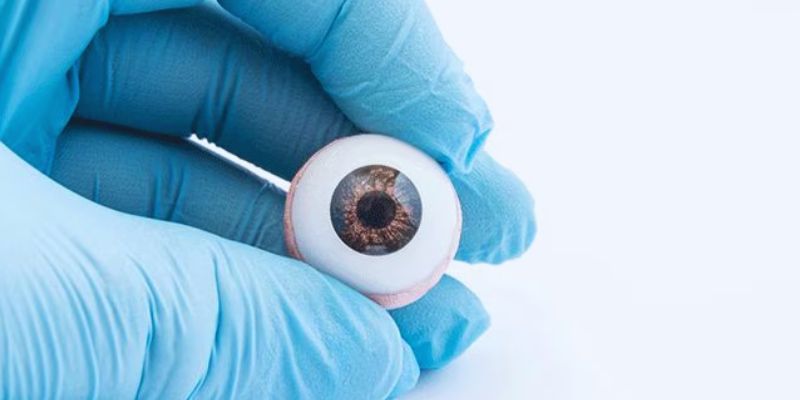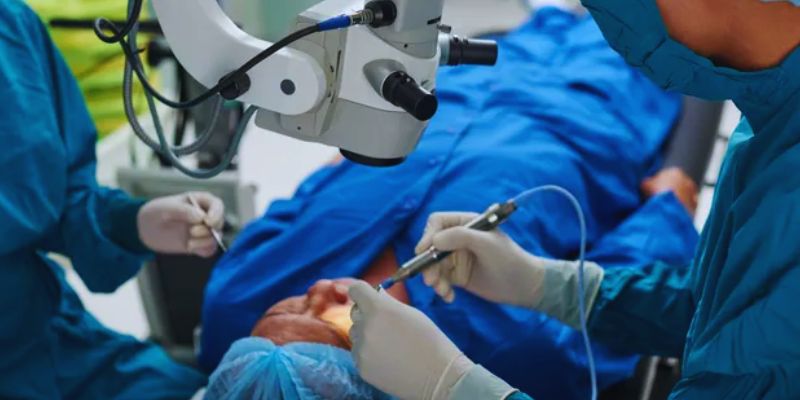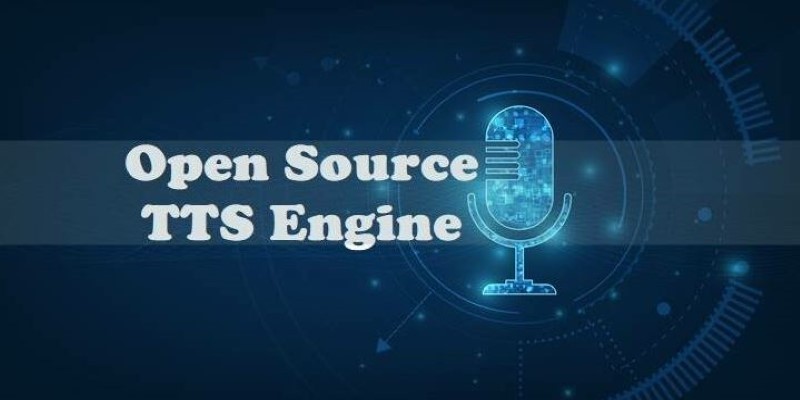Advertisement
Eye banks are under increasing pressure to lower delays and preserve donated tissue. One eye transplant nonprofit is moving boldly forward. It involves managing the difficult process of moving donor eyes to recipients using supply chain modeling. Faster, more dependable delivery systems are becoming needed as demand for corneal transplants climbs.
Models of supply chains let the NGO examine paths, storage, and scheduling. These tools help them lower waste and boost transplant success. The nonprofit enhances decision-making by analyzing statistics and forecasting challenges. Models of supply chains also help to save transportation expenses. Greater cooperation helps hospitals, recipients, and donors as well. The company wants better patient outcomes using contemporary logistics. It changes the way nonprofit healthcare logistics handles eye transplant delivery systems.

Perfect timing and sterile circumstances define eye transplants. After removal, donor corneas only live a limited life. Most have to be transplanted in seven days. Many smaller NGOs have no sophisticated logistics system. Incorrect routing, equipment breakdown, or weather delays can all affect transportation. Late arrival of donor tissue can leave hospitals unprepared. Little delays even compromise the quality of the cornea. Bad coordination results in some wasted donations.
Eye transplant delivery systems call for city or state-wide planning and tracking. Logistics has to weigh surgical schedules and airport wait times. Many times, nonprofits depend on volunteers or antiquated systems of tracking. Keeping an eye on every cargo gets tough. Errors cause more expenses and less successful operations. Transplant logistics has to be improved absolutely. Better planning tools provide clear solutions. Correct models enhance transplant times and help to avoid mistakes. When nonprofit organizations meticulously prepare every stage of delivery, patients get better treatment.
Models of supply chains produce a computerized map of resources, paths, and periods. It lets nonprofits replicate real-time transportation flows. They understand how delays impact other facets of the system. It helps one to fix issues before they start. Models indicate when to gather and ship corneas. They also record travel-related temperature and storage changes. Nonprofits learn about location-based grouping of deliveries.
Routes become safer and more direct. Every study helps to improve the methods of eye transplantation. If shipments run late, supply chain software can even notify teams, allowing them time to identify backups. Nonprofits also cut additional expenses from emergency shipping. Models project demand using patterns of seasonal donations, helping eye banks avoid both overstocking and shortages. Resources are consumed more wisely all over the network, guaranteeing ready corneas when patients most need them.
Small organizations could be concerned about advanced software costs. Many modern tools, nevertheless, are designed for small-scale applications. Cloud-based solutions are affordable and simple to run from a laptop. These days, developers build supply chain modeling solutions for nonprofit healthcare logistics requirements. Certain tools are designed specifically for tracking organs. They present maps and visual dashboards. Eye banks can, therefore, easily track every cargo. If necessary, staff members can make quick modifications and get updates.
Moreover, training is more easily available. Most systems incorporate simple, easily followed instructions and support. Using these tools does not require advanced technical skills. Organizations can start to maximize delivery routes using a few months of data. Following every transplant case, they can also assess performance. Models provide feedback that guides eye banks toward development. Nonprofits expand their reach without adding more staff members or cars. Smart systems give patients better treatment.
Any eye transplant system revolves around hospitals in large part. Supply chain models help medical teams and nonprofit organizations better interact. It lets everyone keep to the same calendar. Hospitals can prepare surgical teams and know when corneas will arrive. Correct delivery timing helps medical professionals to plan effectively. Transportation partners, such as couriers and airlines, also benefit. Models point out which paths to avoid and which are dependable. These tools allow carriers to adjust their schedules to guarantee greater performance.
If delays are expected, supply chain modeling can even suggest other carriers. Using this information, nonprofits develop better contracts with suppliers. They might demand discounts and performance assurances. As everyone realizes the advantages, alliances grow more solid. Better teamwork results in fewer mistakes. When systems work properly, hospitals and carriers trust nonprofits more. These connections help increase the annual total of eye transplants carried out and enhance the quality of treatment.

Certain NGOs claim that the outcomes are encouraging and have already applied supply chain modeling. One said that shipments lost or delayed dropped twenty percent. More donor corneas, therefore, find patients on schedule. Also declining were transportation and storage expenses. Less corneas were thrown away. Timeliness of arrivals helped hospitals have more success with procedures. These successes foster technological confidence. Staff members report less stress and greater assistance.
In the long term, the nonprofit wants to lower its carbon footprint. Fewer miles driven and less trash follow from optimized paths. Donors appreciate knowing their contributions are used effectively. Patients wait less and receive better treatment. Models of supply chains can expand with the demands of the nonprofit. Models change as the company grows to manage increasing delivery. Their solid performance data helps them to support grant applications as well. Modern planning tools give hope for the direction of eye transplant delivery systems.
Unique logistical issues that impact donor and patient results arise for eye transplant charities. One sensible approach to get over these problems is supply chain modeling. It helps with real-time planning, enhances hospital coordination, and reduces transportation expenses. Early users' success promises to be transformational for nonprofit healthcare logistics. Better processes enable more patients to have timely life-changing operations. More effectively utilized donated tissue allows medical teams to operate at their best. Smart logistics enables faster, safer, and more dependable delivery of eye transplants.
Advertisement

Need to merge results from different tables? See how SQL UNION lets you stack similar datasets together easily without losing important details

How an AI assistant is transforming last-mile deliveries by improving efficiency, reducing costs, and enhancing customer satisfaction through smarter routing and coordination

Learn how ThoughtSpot's AI agent, Spotter, revolutionizes conversational BI for smarter and more accessible business insights

Curious how Tableau actually uses AI to make data work better for you? This article breaks down practical features that save time, spot trends, and simplify decisions—without overcomplicating anything

Looking for a solid text-to-speech engine without the price tag? Here are 10 open-source TTS tools that actually work—and one easy guide to get you started

How can machines better understand videos? Explore how X-CLIP integrates video and language to offer smarter video recognition, action recognition, and text-to-video search

Snowflake introduces its new text-embedding model, optimized for Retrieval-Augmented Generation (RAG). Learn how this enterprise-grade model outperforms others and improves data processing

How to supercharge your AI innovation with the cloud. Learn how cloud platforms enable faster AI development, cost control, and seamless collaboration for smarter solutions

What happens when AI goes off track? Learn how Guardrails AI ensures that artificial intelligence behaves safely, responsibly, and within boundaries in real-world applications

AI is used in the beauty and haircare industry for personalized product recommendations and to improve the salon experience

Need to round numbers to two decimals in Python but not sure which method to use? Here's a clear look at 9 different ways, each suited for different needs

Follow these essential steps to build a clean AI data set using Getty Images for effective and accurate machine learning models